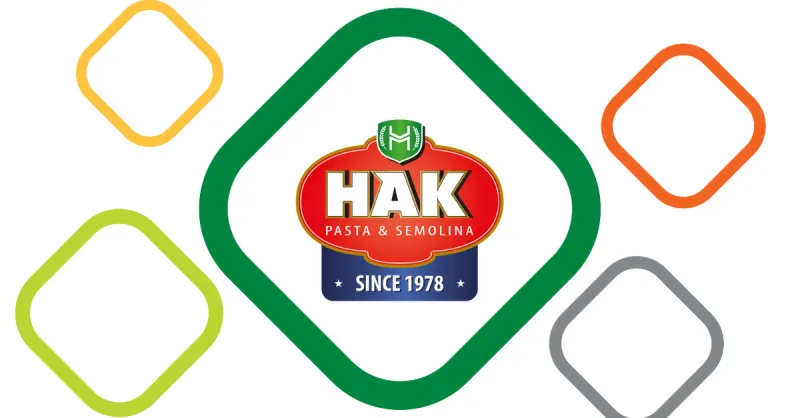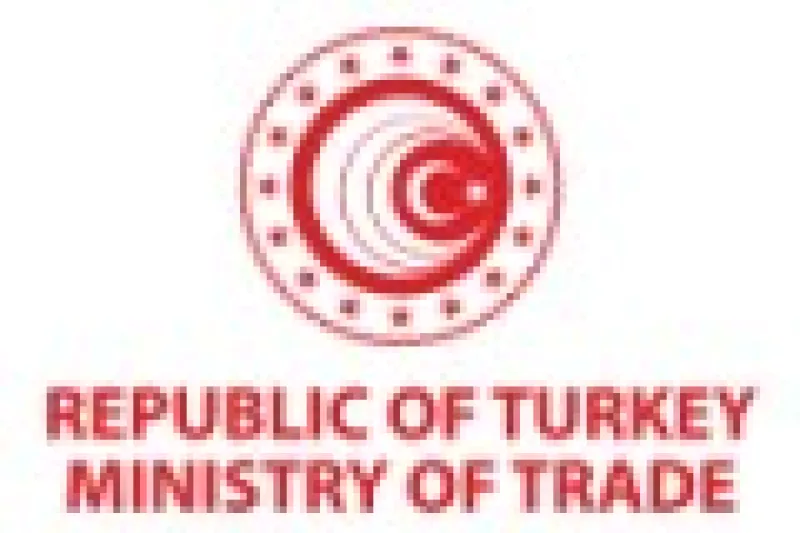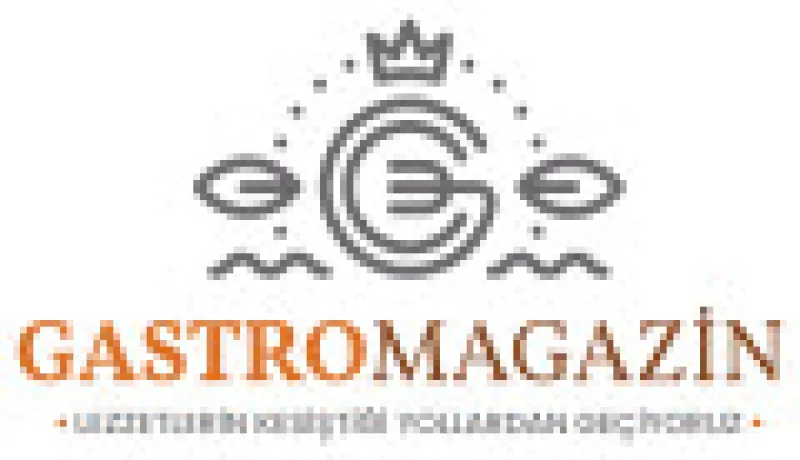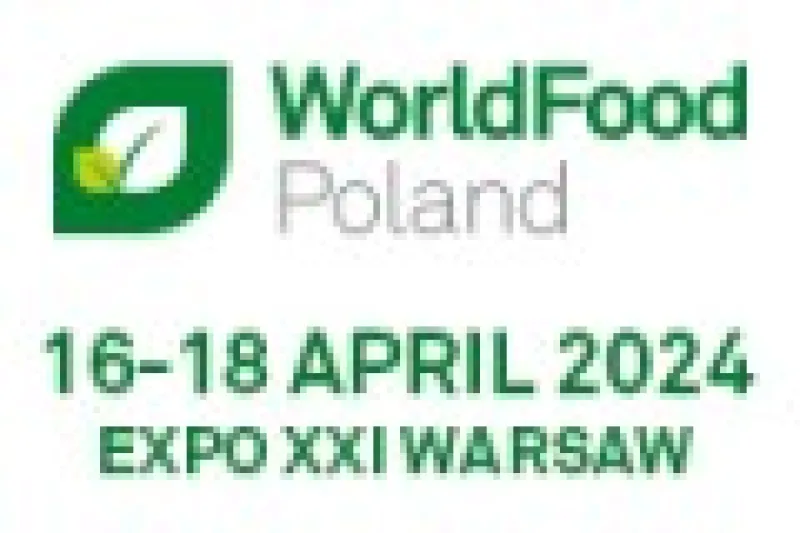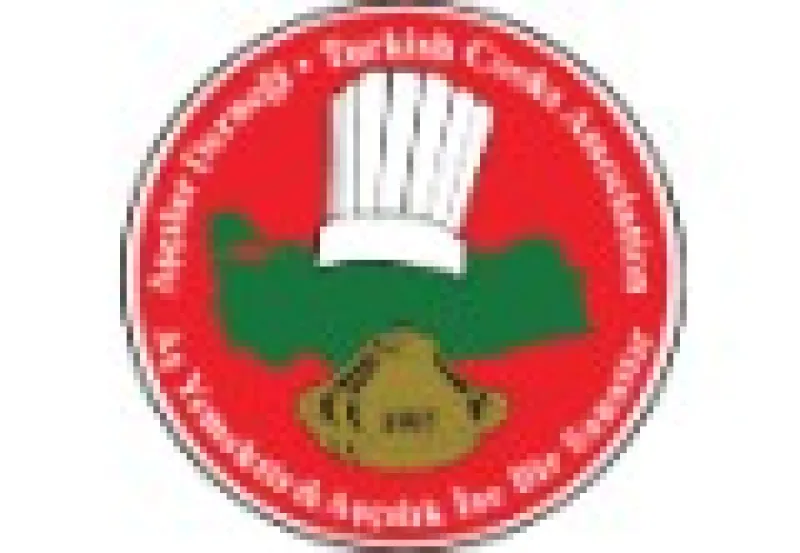34th WorldFood Istanbul: International Food Products & Processing Technologies Exhibition
WorldFood Istanbul, which is the international meeting point of the Turkish food industry, is preparing to introduce many new products to the food world with the participation of more than 1,000 brands at Istanbul Expo Center between December 15-18, 2026.
Organized by the Turkish office of ICA Events, WorldFood Istanbul is the largest meeting point for the food industry and it continues to grow with the support of various key associations.
Organized by the Turkish office of ICA Events, WorldFood Istanbul is the largest meeting point for the food industry and it continues to grow with the support of various key associations.
1.345
Exhibitors153
Countries78.341
Visitors900+
Invited VIP BuyersIndustrial Transformation Starts Here!
The International food exhibition, WorldFood Istanbul, is an effective tool for increasing sales, promoting products and attracting new clients by making direct contact with a large number of representatives from retail chains and wholesale businesses interested in purchasing food products.




